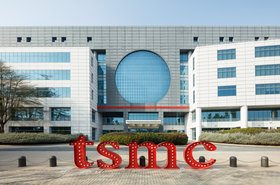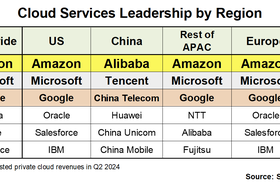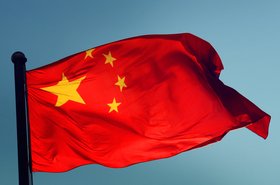The Biden administration is reportedly considering further restrictions on China’s access to AI chip technology, targeting gate-all-around (GAA) transistor technology.
According to a report from Bloomberg, the scope of the new regulations are still being determined, with officials still yet to make any final decisions regarding the technology that will be impacted and when the new sanctions could go into force.
The Japanese government announced plans to expand export restrictions on technologies including GAA transistors in April 2024.
Gate-all-around technology improves the density of chips while delivering power and performance benefits. According to Samsung Electronics, which built its 3nm chips on the technology, it provided up to a 45 percent area reduction while providing 30 percent higher performance and 50 percent lower power consumption compared to TSMC’s three-nanometer foundry process.
Intel is planning to deploy the technology on its 20A and successive process nodes, using new transistor GAA architecture dubbed RibbonFET. TSMC is also planning to use GAA in its A16 manufacturing process.
Bloomberg said industry officials criticized the original draft of the GAA sanctions legislation for being “overly broad” as it was unclear whether the legislation aimed to stop China from accessing the tools necessary to develop the technology itself or ban companies from selling their chips to Chinese companies.
Citing people with knowledge of the discussions, Bloomberg said the legislation was likely to lean towards the former.
The US government is also said to be considering limiting exports of high bandwidth memory (HBM) chips to China as well. HBM chips are a critical component in AI chips as they provide faster processing speeds and reduced power consumption, compared to traditional memory chips.
In April, growing demand for memory chips fueled a 933 percent increase in Samsung Electronics’ operating profit, with the company stating it had benefited significantly from the increase in the price of DRAM and NAND flash memory chips as a result of the continuing demand for generative AI.







